Solving the mysterious failure of Apple's iPad
Across Apple's fiscal 2015, annual iPad unit sales fell by an astounding 19 percent while iPad revenues fell 23 percent, a plunge from fiscal 2014 of just over $7 billion. The tech industry pundits love to talk about the failure of Apple's tablet business, but are short on the specifics of what's happening. Here's why.
Was it Android?
What caused the iPad's decline in sales and where did Apple's "missing" $7 billion in tablet revenues and 13 million missing iPad sales go? You might suspect Android vendors, which sell far cheaper tablets across a wider variety of configurations.
Unfortunately, we can't do individual vendor comparisons with great accuracy because no other companies report their tablet sales and revenues the way Apple does. However, we can be certain that Apple's iPads weren't eaten up by Android tablets, because global shipments of Android tablets are down, too. A similar percentage of decline means Android makers are "losing" tablet sales quite a lot faster than Apple is
According to Canalys, September tablet shipments overall were down year-over-year by the same percentage as Apple. However, combined Android tablet shipments represent a larger number than Apple's iPad business, so a similar percentage of decline means Android makers are "losing" tablet sales quite a lot faster than Apple is.
That means iPad's decline clearly wasn't because of shoppers choosing Android tablets instead. In fact, in the world's biggest tablet market, overall sales in Greater China were down 34 percent year over year, a much greater decline than Apple's iPad business suffered.
Android tablet vendors have been coasting on razor thin tablet profit margins from the beginning, so as their sales volumes collapse their pain is much greater than Apple, which is still selling its iPads at world leading profit margins, even if in reduced volumes.
Was it Windows 10, including Microsoft Surface Pro?
Microsoft's Surface Pro has experienced revenue growth. Rather than being counted as a tablet, Canalys appears to include Surface in its "two-in-one PC" category, which it reported grew by 77 percent over the previous year.
Microsoft itself reported that its Surface revenues grew by 117 percent in the final quarter of its 2015 fiscal year, ending in June. That sounds great until you realize that total Surface revenue for the quarter only amounted to $888 million. Over the company's fiscal 2015, Surface amounted to less than $3 billion of total revenue.
iPad revenues grew by huge percentages for years, because "percentage of growth" is initially easy to do when starting from zero. In fact, iPads grew year over year non-stop from 2010 to 2013, up to a peak quarter of 23 million iPads at the end of 2013. Microsoft's quarterly peak Surface sales have reached up toward 1 million units.
Let that sink in: across the same three years of time that it took iPads to peak at 23 million, Surface has peaked at 1 million. And similar to iPad sales, Surface is now headed downward after just one year of profitability.
Over the last quarter ending in September, Microsoft reported Surface revenues of $672 million, a rather disastrous year-over-year plunge of 25.99 percent. Apple sold many more iPads in its last "disastrous" quarter than Microsoft has sold Surface models across the total of its three year history of trying to sell them.
Apple sold many more iPads in its last quarter than Microsoft has sold Surface models across the total of its three year history of trying to sell them. Even if Microsoft could reverse the Surface slump and return to its peak sales figures consistently over the next year, Apple would still have sold more iPads, by units and revenues, in this quarter alone.
But Microsoft is now facing competition from iPad Pro, which offers a lower entry price with higher performance, tied to modern mobile app ecosystem. At the same time, Surface isn't just competing against Apple. It's main appeal is Windows users, who have many other even cheaper options available to them.
Overall, PC Average Selling Prices are now down around $400, compared to the cheapest Surface Pro 4's entry level price of $899.
The company's fans say the higher price of Surface is reasonably necessitated by its higher performance and build quality than the typical PC, but higher-end premium-priced Windows PCs have long remained a tiny niche as ASPs are driven ever downward into the bargain basement every year.
PC Average Selling Prices. Source: Statista
Microsoft's significant decrease in Surface sales is also far outweighed by the 14 percent decline in PC sales overall. That's because while Surface is shrinking from its roughly 1 million unit peak, PCs are declining to volumes of 114.2 million. Surface is a speck compared to global PC market shipments, and the fact that PCs continue to plummet by millions of units paints a clear picture that not only is Surface irrelevant as a competitor to iPad, but PC vendors overall are— just like Android tablet makers— losing many more unit sales than Apple's iPads are.
Rather than solving our mystery of iPad failure, we've discovered two other failures that are much more significant in scope: Android tablets and PC sales overall, along with the minor, rather insignificant failure of Microsoft's Surface to make any difference at all.
If anything, Microsoft's Surface actually poses a greater potential for damage to Microsoft's OEM Windows licensing business than it does to Apple's iPads (or MacBooks). Google's initial effort to eat into Windows with Chrome OS has failed to make much of a dent, but if Microsoft continues to bleed away the remaining few billion dollars at the most profitable high end segment of Windows PCs, its own licensees are likely to look to Google's Android as a PC alternative, or take fresh stabs at delivering PCs using Linux or other platforms to achieve some capacity for differentiation.
Windows has never been less important as a platform than it is today. Surface could easily replicate the history of the Zune in driving Microsoft's own licensees away, even as Surface fails to have any real impact upon its intended targets sold by Apple.
If not Android or Windows, what's eating into iPads?
Unit sales and revenues are not the only problem affecting iPad. Apple's Average Selling Price for iPads has also been in decline, particularly since 2011. Apple's ASP for iPad was initially above $600, then eased toward the base selling price of $500 across 2012 as Apple began discounting older models.
Source: Iterative Path
However, iPad ASPs then declined even further, dipping toward $400 as the company introduced cheaper iPad mini models. The smaller iPad mini helped juice iPad volume shipments, reaching new sales peak throughout 2013, but at the expense of revenues per iPad.
Apple's sales of smaller iPads were welcomed by market observers as a necessary step to compete against 7 inch Android tablets. But in discussing Apple's rumored plans, AppleInsider noted in early 2011 that "Apple will almost certainly not deliver a tweener iPad with a 5 to 7 inch screen size."
That turned out to be true, because iPad mini ended up being 7.9 inches, significantly larger than the mini tablets being introduced by Samsung, HP, Dell and others. While it only sounds slightly larger than a 7 inch tablet in the diagonal, that translates to a 35 percent larger screen.
However, we also discussed the potential for a "big iPod touch," an iOS device between 5 to 7 inches which, "rather than trying to crush the full sized iPad's resolution into a smaller screen," would "serve as an expansion of the iPod family, offering a larger view of the simpler iPod touch user interface."
As it turned out, Apple didn't introduce that "large iPod touch" I had envisioned in 2011, and still hasn't four years later. However, it did eventually deliver a large non-iPad device, albeit with a cellular modem: the 5.5 inch iPhone 6 Plus.
Fine young cannibal
While iPad mini sales boosted iPad volume numbers at the expense of falling ASPs in 2013, iPhone 6 Plus sold at higher volumes at a much higher ASP. The base model is priced at a $100 premium to the typical price of new iPhones, which were already higher than iPads, despite being smaller devices.
If Apple arbitrarily categorized its iOS sales volumes the way IDC and Gartner historically counted tablets (defining screens larger than 5 inches as "media tablets"), Apple would be reporting steadily higher growth in units, volumes and ASPs for "tablets" while still reporting market leading iPhone sales.
iPhone 6 Plus ate up iPad sales the same way iPhones ate into sales of point and shoot cameras: by making "the tablet you have with you" more useful than the more optimized device that gets left at home. In particular, iPhone 6 Plus eroded into the differentiation offered by iPad mini, which was contributing a significant part of iPad unit volumes.
Really, rather than having "gone missing," iPad sales turned into iPhone 6 Plus sales, the same way that iPods didn't mysteriously "go away" but were instead folded into iPhones the same way.
Apple can't be too concerned about this "problem," because its latest iPhone 6s Plus has not only expanded the market for iPhones to new demographics (largely at the expense of Samsung and other fablet makers), but has also raised iPhone ASPs, which were already higher than slipping iPad ASPs.
Selling tens of millions of iPhone 6 Plus at a ASP above $750 is much better than selling a few million more low end iPads, not just because it's more profitable but also because it's possible. There's a clear demand for high end phones (which can be subsidized, leased or financed as part of a buyer's mobile contact), but the demand for tablets (typically sold at retail) is simply not as strong among consumers, even at substantially lower price points.
Apple's iPhone 6 Plus has not only encroached upon Apple's iPad sales, but almost certainly has also had a similar effect upon other budget tablets, particularly on the low end, where the 5.5 inch iPhone is even closer in size to 7 inch Android tablets than it is to iPad mini.
Blaming the demise of millions of PCs on iPhone 6 Plus seems like a bit more of a stretch, but consider that Apple sold an incredible 231 million iPhones over the last fiscal year, and at least 10 percent of them were iPhone 6 Plus models. Somewhere around 23 million people spent over $750 on a new very large screen iPhone in the last year. That's a lot of money that could have otherwise been spent on PCs, if there had been nothing else to spend money on.
A large proportion of those users were new to iOS, because in the previous year, Apple sold "only" 169 million iPhones. That 37 percent increase in iPhone sales (an increase of 62 million high end phones) certainly had an impact on other technology purchases, and that fact that Apple's Mac sales also increased by 9 percent (or 2.5 million Macs) as PCs decreased by more than 10 percent (around 50 million lost PCs) indicates that Apple's roughly 13 million "lost" iPads were not the only casualties.
Additionally, the fact that Apple lost about $7 billion in iPad revenue but gained $50 billion in revenue overall indicates that perhaps this year's iPad differences are not really a mystery that needs to be urgently solved after all.
iPad growth shifts from quantity to quality
At the same time, Apple is also still holding onto the valuable, premium segment of the tablet market. And it's now expanding upon that with the introduction of iPad Pro. Like iPhone 6 Plus, iPad Pro extends the potential market for iOS while also acting to raise ASPs for iPads overall.
iPad Pro appears very unlikely to boost the volume shipments of iPads by the same amount iPad mini did. However, its ASP is much higher, with base models stretching from $799 to $1079. iPad minis are priced from $269 to $729, but mini customers are more likely to buy lower end models. iPad Pro, like iPhone 6/6s Plus, appeal to customers already willing to splurge, particularly professionals and enterprise users.
That indicates iPad sales growth will be focused on quality (profitable, high end and therefore high satisfaction product sales) rather than quantity (large volumes of cheaper devices that are easier for competitors to challenge with commodity offerings).
Note too that iPad Pro— despite its high end processing power and very large screen— is priced similarly to an iPhone 6s Plus. In addition to addressable market demand, that explains why Apple introduced iPhone 6 Plus before it brought iPad Pro to market: it offered an easier to pick, low hanging fruit with broader potential appeal.
While it's obvious that iPad Pro has some potential to raise iPad ASPs (the base model is nearly twice the current iPad ASP), it has been less obvious that iPhone 6/6s Plus is also leveraging some of the intrinsic value of the larger screens on iPads and effectively "stealing" iPad revenue that's now being chalked up as iPhone revenue.
Why Apple is still reporting iPad data
If Apple's iPad and iPhone divisions were competing companies, this would be an issue. Instead, iPhone 6/6s Plus appears to have stolen even more potential revenue away from Apple's real competitors, erasing what was once a major profit center for Samsung and greatly reducing what had been a significant potential differentiator for other phone vendors, including Microsoft (which just reported a 54 percent implosion of is own Windows Phone revenues, some portion of which had been riding on its very large Nokia models.)
Even more of the mystery of iPad decline would have evaporated if Apple hadn't ever broken out iPad unit sales and revenues in the first place. Samsung, Google, Amazon, Acer and other companies don't detail where their mobile revenues (if any) are made, allowing outside firms to hazard guesses about their tablet and phone businesses in the dark.
Without that data to criticize, Apple would only be reporting record revenues, but investors would have less information about how exactly Apple is earning them.
Conversely, that also erases some of the "mystery" of why Apple has decided to obscure the revenue contribution of its new projects, including Apple Pay and Apple Watch, as well as terminating details on the unit sales and revenue contribution of iPods, which no longer play an independent role in defining Apple's revenues (most iPods Apple now sells are iPhones).
So why hasn't Apple stopped reporting details for iPads too? Clearly, Apple would rather address the overblown criticisms of iPad fear-mongers than create new mysteries by, for example, folding iPad tablet computers into the results for its Mac sales. (Notably, Apple does not detail units and revenues for individual Mac models, such as the Mac mini, Mac Pro, MacBooks and iMacs. It also doesn't detail iPad mini, iPad and iPad Pro sales).Apple is allowing iPad's $23 billion business to stand separate from its $155 billion iPhone business and its $25 billion Mac business
Because iPads address a different market segment than Macs, combining them would only hide the much higher ASPs that Macs are generating and the much higher volumes iPads are fueling, resulting in composite figures that would likely be even easier for the company's critics to misrepresent.
Similar issues would arise from folding all iOS devices into the same reporting segment. As it is, Apple is allowing iPad's $23 billion business to stand separate from its $155 billion iPhone business and its $25 billion Mac business, even though there are complex, overlapping cyclical patterns of regional and market segment demand, device replacement schedules and product introductions that cause revenues to flow between those categories.
The remaining mystery is why anyone is concerned that Apple isn't making enough money, when it's earning virtually all the profits in PCs, phones and tablets.
 Daniel Eran Dilger
Daniel Eran Dilger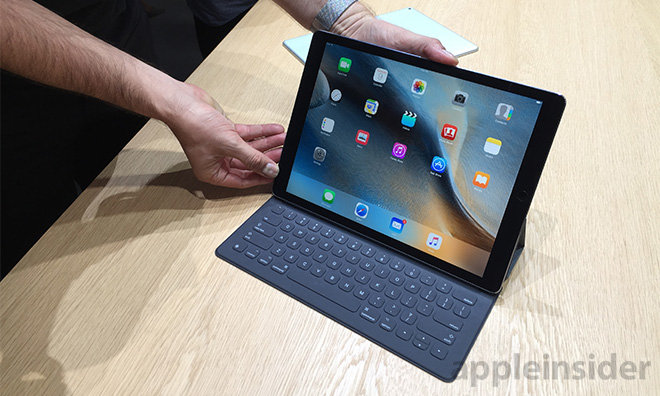
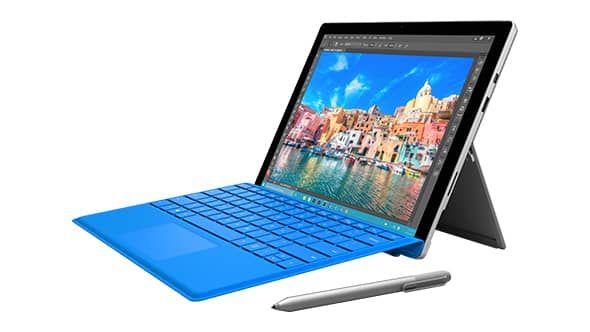
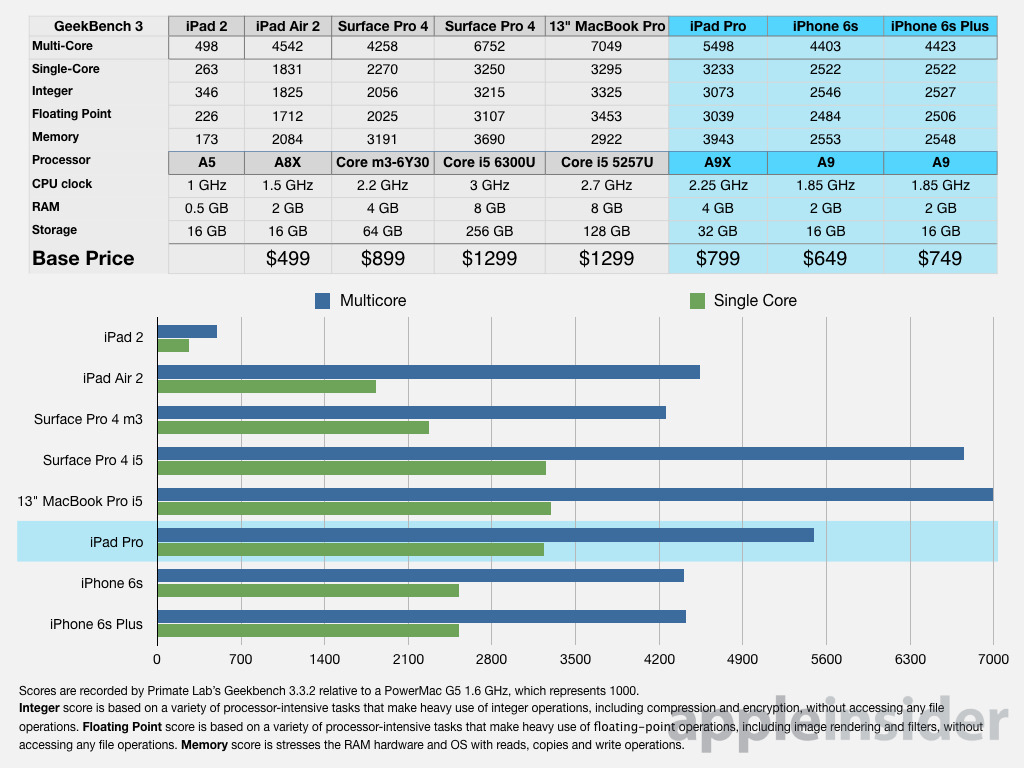
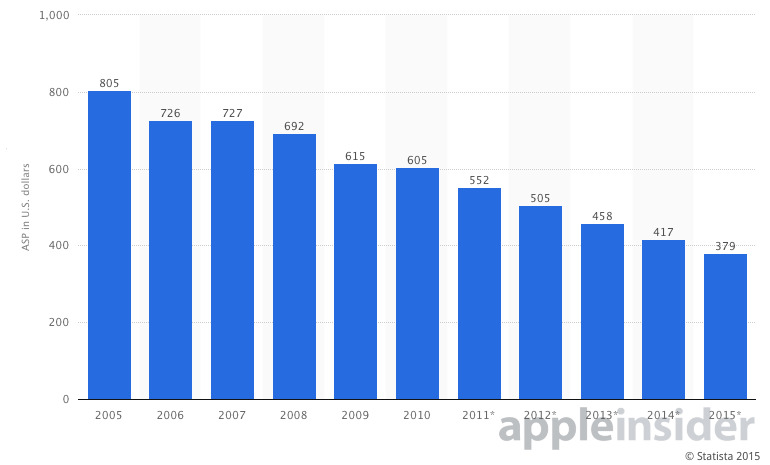

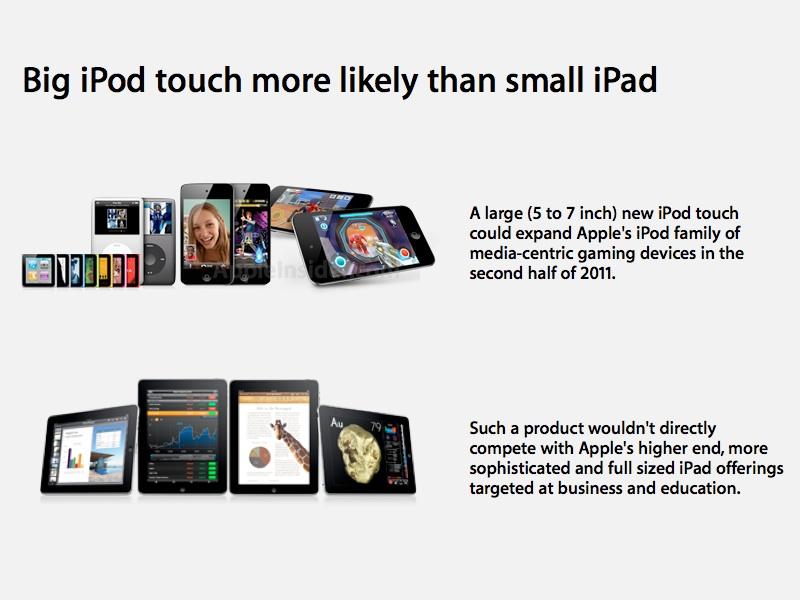
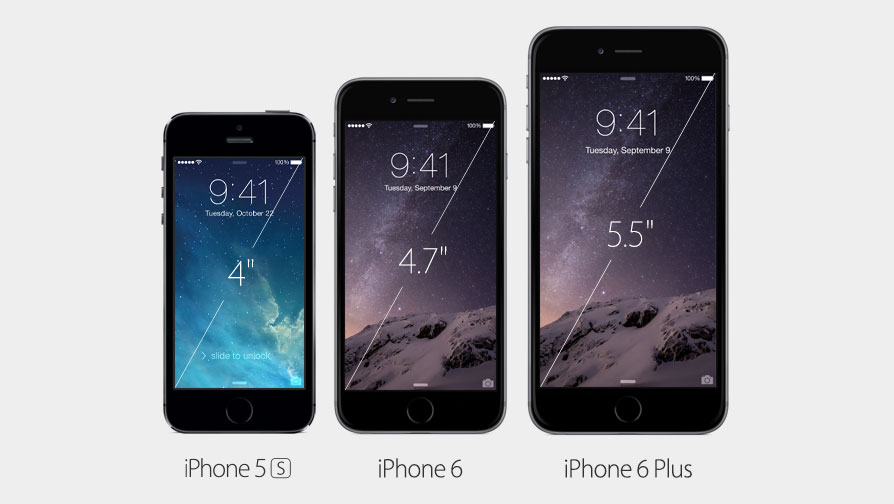
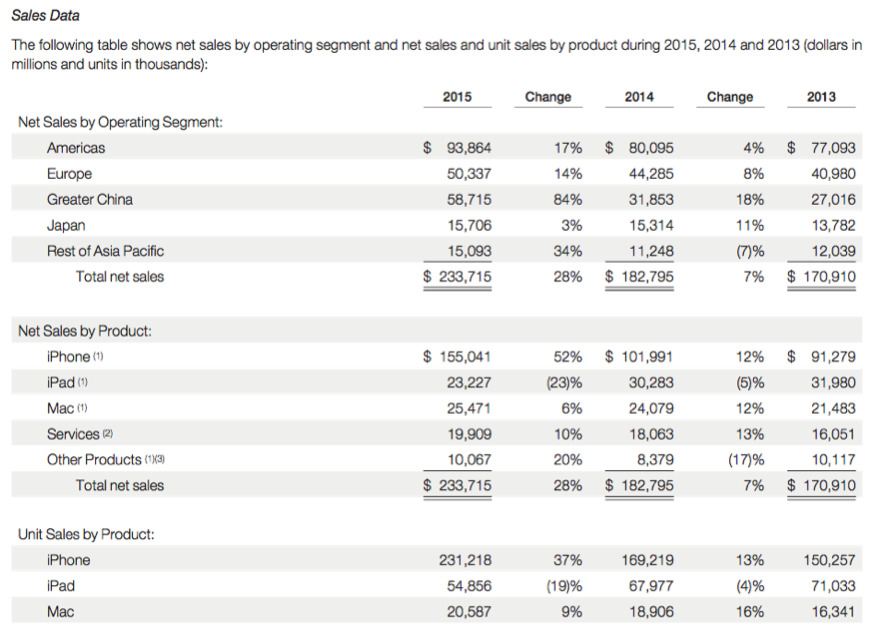
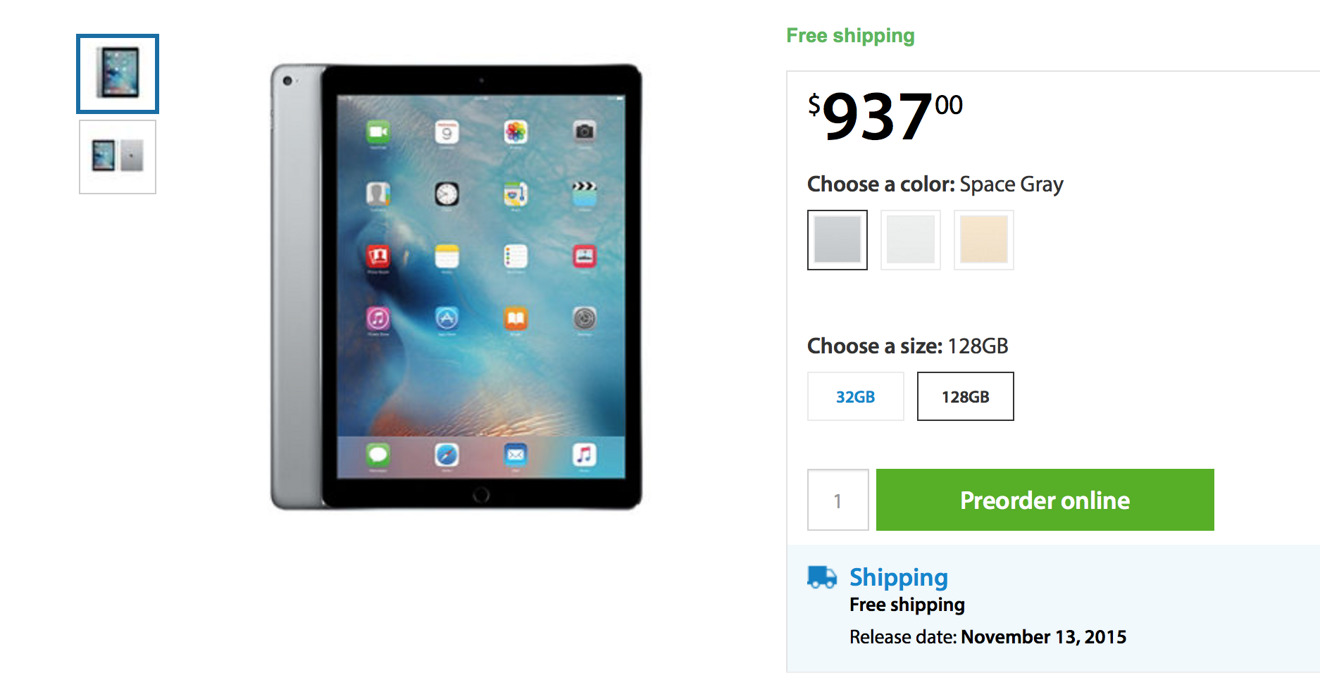











 Mike Wuerthele
Mike Wuerthele
 Malcolm Owen
Malcolm Owen
 Chip Loder
Chip Loder

 William Gallagher
William Gallagher
 Christine McKee
Christine McKee
 Michael Stroup
Michael Stroup
 William Gallagher and Mike Wuerthele
William Gallagher and Mike Wuerthele







